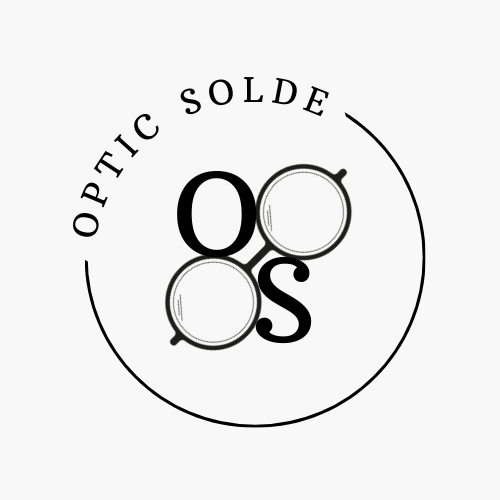Enhancing Vision: The Role of Anti-Reflective Coatings
Enhancing vision is a paramount concern for individuals who rely heavily on their eyesight for their personal and professional lives. Whether it is for reading, driving, or enjoying the beauty of the world around us, clear and sharp vision is essential. In recent years, the development of anti-reflective (AR) coatings has been one of the most significant advancements in optical technology, revolutionizing the way we experience vision. In this article, we will explore the role of anti-reflective coatings in enhancing vision, and how they benefit individuals in various aspects of their lives.
Sub-heading 1: What are Anti-Reflective Coatings?
Anti-reflective coatings are microscopically thin layers applied to the surface of lenses, reducing the amount of light reflected from the lens and improving visual acuity. Traditional lenses often reflect a significant portion of light, resulting in distracting glare and reducing the amount of light that reaches the eyes. This not only affects the clarity of vision but also causes discomfort and eye strain, particularly in challenging lighting conditions. Anti-reflective coatings effectively eliminate these issues by allowing more light to pass through the lenses while minimizing reflections.
Sub-heading 2: Benefits of Anti-Reflective Coatings
1. Improved visual acuity: One of the primary benefits of anti-reflective coatings is the enhancement of visual acuity. By reducing reflections, these coatings transmit more light through the lenses, resulting in sharper and clearer vision. This is particularly beneficial in low-light conditions or when facing bright lights, such as during night driving or in front of computer screens.
2. Reduced glare and eye strain: Glare is a common problem that affects individuals in various situations, from driving to working on a computer. Anti-reflective coatings significantly reduce glare by decreasing the amount of light reflected from the lenses. This ensures a comfortable viewing experience and reduces eye strain, allowing individuals to focus on their activities for longer periods without discomfort.
3. Improved aesthetics: Another advantage of anti-reflective coatings is the enhancement of the aesthetic appearance of eyeglasses. Traditional lenses often reflect light, making the wearer’s eyes less visible and creating distracting reflections on the lens surface. With AR coatings, the lenses become virtually invisible, which gives a natural and appealing appearance, showcasing the eyes and facial features rather than the lenses.
Bullet list: Additional advantages of anti-reflective coatings include:
– Increased durability: Anti-reflective coatings often come with added scratch resistance, protecting the lens surface from damage and ensuring longevity.
– Easier cleaning: AR coatings provide a smooth surface that repels dust, oil, and water, making the lenses easier to clean and maintain.
– UV protection: Some anti-reflective coatings also offer UV protection, blocking harmful ultraviolet rays from reaching the eyes and reducing the risk of long-term eye damage.
In conclusion, anti-reflective coatings have become an essential component in enhancing vision for individuals. By reducing reflections, improving visual acuity, and reducing glare and eye strain, these coatings revolutionize the way we experience the world around us. The added durability, easier cleaning, and potential UV protection make them even more valuable. With the advancements in optical technology, anti-reflective coatings have become a must-have for anyone seeking optimal vision and comfort in their daily lives.
